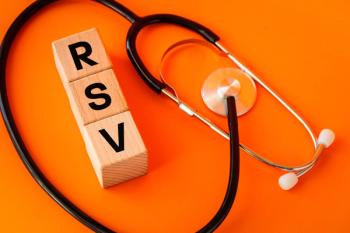
Chemical Array Technique Promotes Stem Cell State to Identify Malignant Melanoma
Method could help provide more personalized treatments for patients with skin cancer.
Melanoma can be easily treated when caught early, but the real danger arises after the cancer has
Now, scientists are using an array of chemical combinations to draw out these malignant cells and deliver more personalized treatments for patients, according to a study published in ACS Central Science.
When these stem-like metastatic cells are identified, they can be cultured and screened for a response with various cancer drugs.
“The vast majority of suffering in cancer is caused by metastasis, and these stem-like cells are believed to be the culprit,” said lead investigator Kristopher Kilian. “But when you take a patient’s cells from a biopsy or excised tumor, they lose their stem cell characteristics once you take them out of the body. We are using chemistry to make designer surfaces to reprogram them to that stem-like state.”
For the study, investigators used 12 protein segments that bind to the surface of cancer cells, and mixed and matched them into 78 different combinations. This was done to recreate the body’s complex chemical environment.
The investigators created a versatile peptide microarray platform that can be screened for cancer cell phenotypic changes in response to ligand-receptor interactions.
Mouse
“The plastic dish coated with these simple peptide combinations could be used to take a patient’s cells, reactivate them to a stem-like state, and screen drugs on them,” Kilian said. “It’s a way to efficiently generate these stem-like metastatic cells to develop patient-specific models for individualized medicine.”
Screening drugs that specifically target these stem-like cells is crucial, since they may not respond the same way to the drug aimed at the tumor, according to Kilian.
This technique could be beneficial for many different cancer types, and the investigators are currently using it to tackle breast and prostate cancers.
“This is where having a high-throughput technique like an array is very powerful,” Kilian said. “If you have all the chemical combinations on a single chip, you find out which ones work. If you can isolate the metastatic cancer cells, you can understand them, and then you can treat them.”
Newsletter
Stay informed on drug updates, treatment guidelines, and pharmacy practice trends—subscribe to Pharmacy Times for weekly clinical insights.














































































































































































































